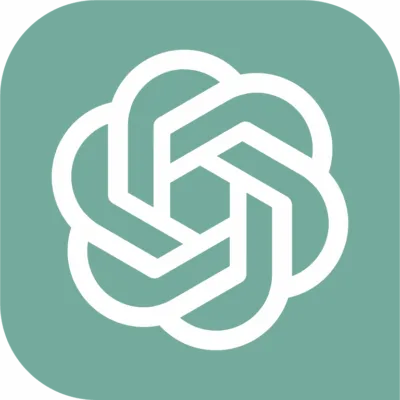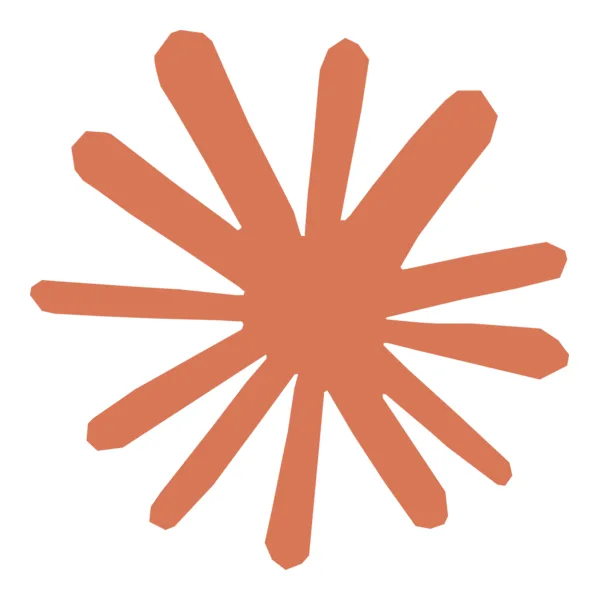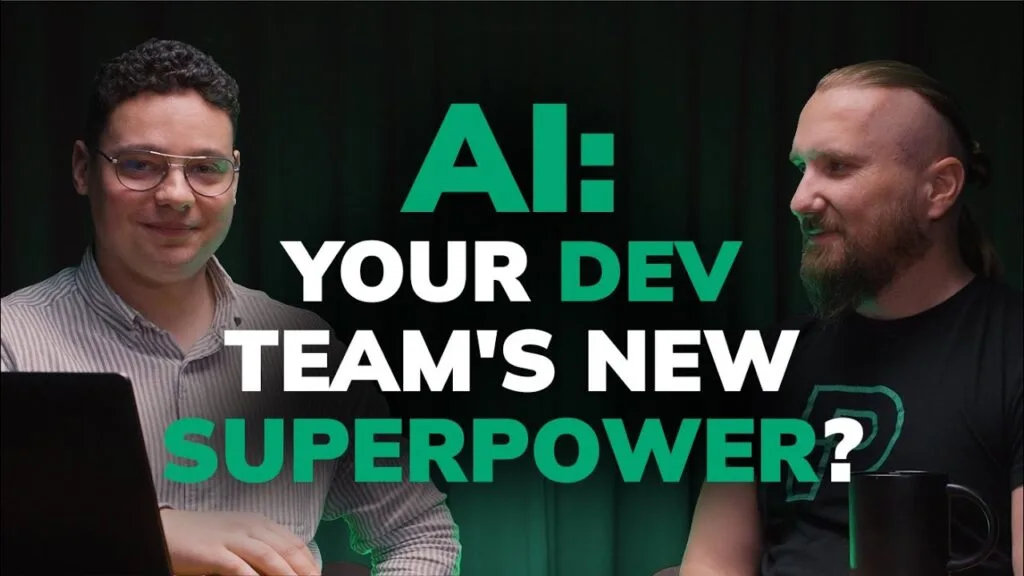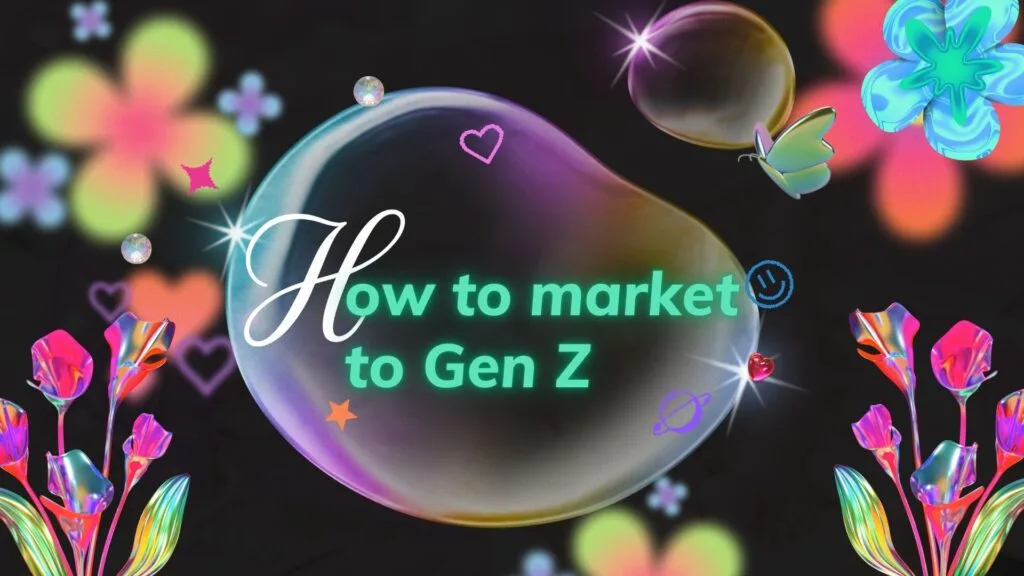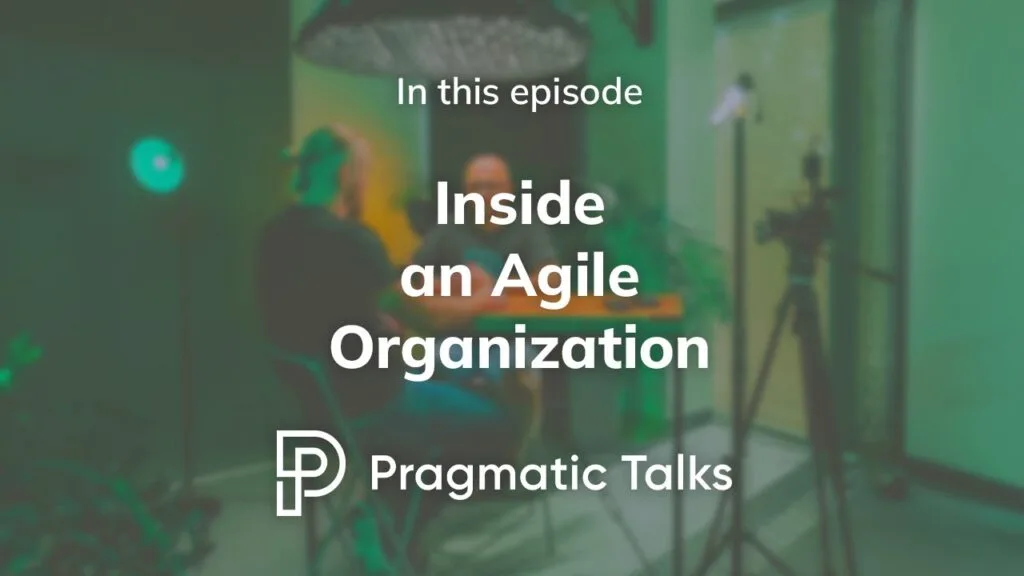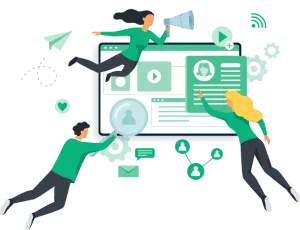How to do Product Validation? Check if your product idea makes sense
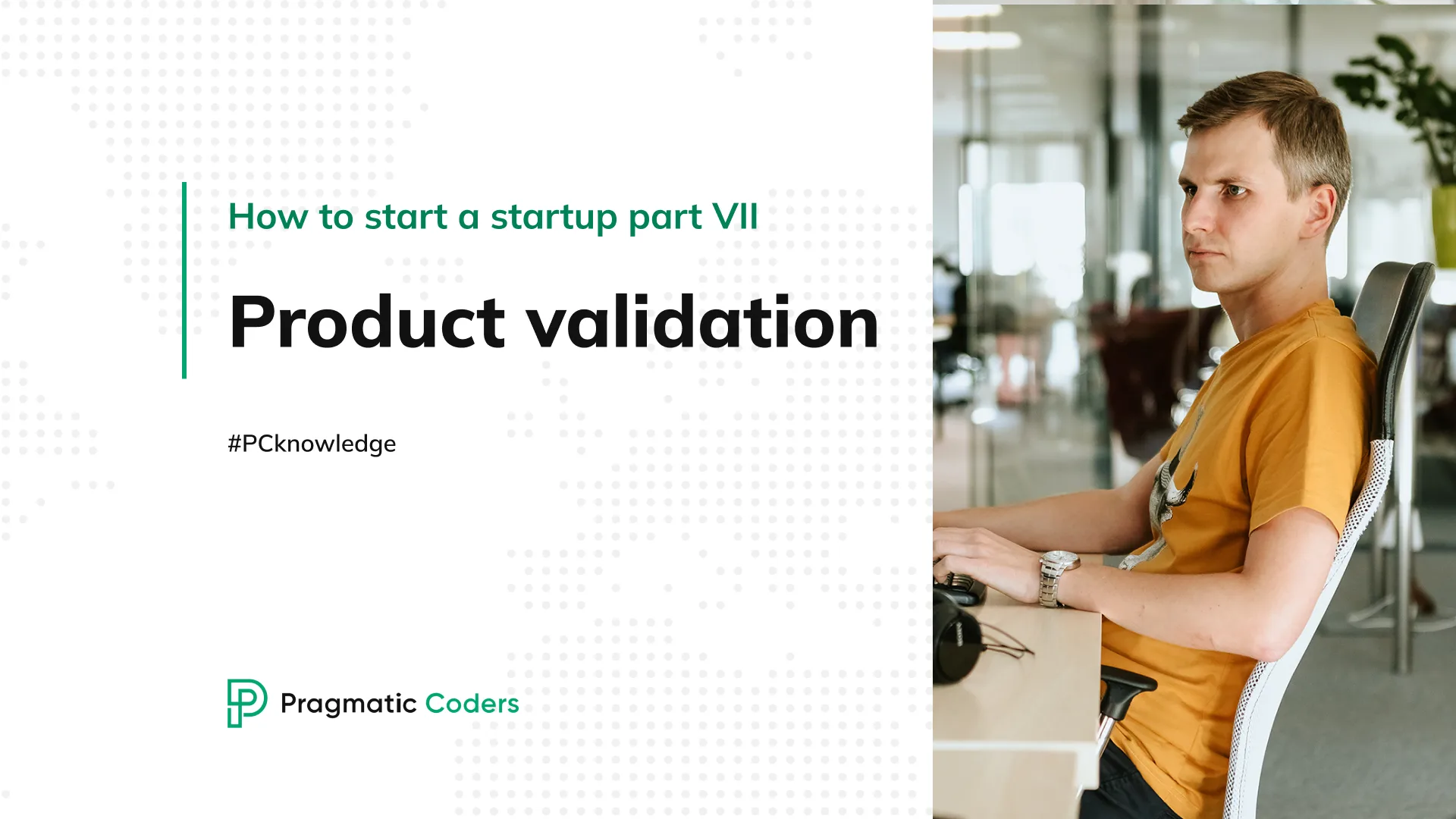
There is nothing worse than eagerly transforming your solution idea into new product only to find out that your assumptions were wrong and nobody actually needs it. To prevent this from happening, it’s crucial to validate a product before you shift into high gear and invest in product development. The Product Validation process allows you to stand back and assess your ideas letting go of the ones that aren’t worthy of your efforts. There is no one-size-fits-all formula for validating your product ideas, but in this article, we will go over some methods that can help you in this process. That being said, it’s always wise to seek advice from professionals when it comes to intricate methods in the product discovery process. Don’t hesitate to reach out and let us provide you with the assistance you need!
A quick side note before we get started! This is a follow-up article to our previous one, where we discussed brainstorming and prioritizing possible solutions based on research findings. To learn more about the Solution Discovery process, be sure to check out the article about it! And since we’re on the topic of articles, it’s important to mention that this is the seventh blog post from our “How to start a startup” series. If you’re curious to learn about the first steps you should take as a founder, our set of articles is definitely worthy of looking into. Okay, side note out of the way; now we can dive right in!
Solution definition vs. product validation
This article is about product validation–checking to see if you’re building the right product; one that is actually any good for the people who will be using it.
Here, “product” refers to a broad range of ideas or offerings that aim to solve a problem for a specific user group.
We’ll be often using the terms “product” and “solution” interchangeably to highlight the process described here applies to a wide range of situations–not just building products understood as software, web apps, mobile apps, specific product features, etc.
What is the Product Validation process?
Simply put, Product Validation is the process in which you use various testing methods to validate your product ideas. The goal is to find a solution that you can later turn into an actual product (by building an MVP – a minimum viable product) In this process, you search for a solution that not only answers the user’s needs (has the largest impact) but is also feasible and can be delivered quickly.
As emphasized in our previous article, the processes of Solution Discovery and Product Validation are closely bound, and there is a lot of bouncing back and forth between them. But if we had to draw a line that separates them, it would best be described this way:
Solution Discovery focuses on searching for the solution ideas that are possible to create.
Product Validation is about figuring out which of those solutions are worthy of being built.
Let’s say that you have a pool of ideas to test. Your team came up with different possible solutions and prioritized them. You most likely come into the Product Validation process with a better understanding of your target audience, their problems, and assumptions on how to address those problems. However, there is still a lot of vagueness and uncertainty, even at this point in the process. You may think you have a great idea because it delivers value to the user, but what if the user doesn’t accept this value in the way you are “packaging” it? During the Product Validation process, your team finally has the chance to check your assumptions and hypotheses–ensure there really is a market demand for the product.
Who is involved in the Product Validation process?
This process can be challenging to do on your own as it requires a lot of field-specific knowledge and skills. However, if you consider yourself an expert in your domain, then this is the best time to get on board and join the team in this process. Just like in the case of Solution Discovery, your team should consist of a UX team (UX Researcher + UX Designer), a Product Owner, and a Tech Leader.
How does the Product Validation process work?
Since you are starting out with a pool of ideas, you first have to sift through them and get rid of as many of them as quickly as possible. So essentially, you start by narrowing down your list of solution (product) ideas. How can you do that? You find a common trait of your solution ideas and validate that trait first. Let’s demonstrate this process with an example:
Say that you’re tackling the problem of top-level managers in various companies who want to increase transparency within their organizations. Some of the solution ideas you came up with are:
- Delivering reports to those managers
- Increasing the number of meetings
- Ensuring that everyone in the organization has access to the OKRs
- Webinars during which the managers of different levels present the progress being made in the company
And each of these solution ideas can be further mapped out into more detailed ones. For example, the report solution can branch out into different types of reports. But instead of testing each of these solution ideas separately, you first have to validate the idea of the report itself. In the case of a report not being an option worthy of consideration, you can eliminate that idea right off the bat and simultaneously discard everything that branched out of it. And then, you move on to the next set of ideas that share a common trait and start this process again.
As you work your way through this funnel of solution ideas, you will narrow down your options and go from broad to more refined solution ideas. Validating them can be trickier, and you may need to invest in building wireframes or prototypes used for testing. However, the key is to start out with the fastest and cheapest testing methods, such as guerrilla research.
What you need to keep in mind is that, most likely, your solution (product) idea will morph or even change completely. It’s good to keep an eye out for any signs that might shift your perspective. Although seemingly you might think that you’re closer to identifying the right solution idea, it may turn out that you learn something completely new about the user and notice that the problem can be solved in yet another way. As you can see, this process involves a lot of moving back and forth and discovering more and more before you can finally settle down on the right solution.
Metrics to consider in the Product Validation process
Before we go into the different user testing tools and methods, it’s important to know that depending on your hypothesis, you will want to consider different metrics. Some things you can measure are:
The desirability – is anyone interested in this solution?
The first thing you want to measure is if your users want the product that you intend to give them. To do that, you can, for example, utilize the “Button To Nowhere” method in your app to learn how many people are curious about a new feature you want to implement.
The functionality – do your potential users understand how your solution works?
When you’re just at the early stage of testing, you can use the first-click tests or tree testing, as they don’t require a prototype. That being said, these methods still apply if you want to test a more complex version of your solution idea.
When you’re at the point of working with a prototype, an example of a method that can be used is A/B testing which allows you to test two versions of your design simultaneously and check which one performs better.
The profitability – is this solution worthy of investment?
The “Button To Nowhere” method can also be used to check the profitability of your solution idea. In this case, however, you would include a CTA which prompts the user to purchase your product. After clicking the button, users would be directed to a page that informs them that they’ve been added to a waiting list and will be notified when the product is released. Using this method, you can test different prices of your product and see how much money a customer would pay for it.
Tools to validate your product
Paper / online tools
When you’re at the early stage of validating your solution idea, you can use the cheapest and simplest tools for testing. Mapping things out on a piece of paper is a quick and efficient way of getting your ideas out. Apart from that, you can use post-it notes or online whiteboard tools for testing your ideas using methods like card sorting or tree testing.
Wireframes & Hi-Fi Mockups
When you move forward in your design process, you can use wireframes to test the functionality of your solution idea. These low-fidelity designs are stripped of any details, and they represent the processes within the product, the user flow, and the information architecture. However, they do not showcase the visual side of your design. If you want to test your design with potential users at this stage, a hi-fi mockup could be used for this purpose. Hi-fi mockups are more visually appealing and contain different design elements (such as typography, color, icons, etc.), which makes them suitable for being presented to potential users. These types of design models allow you to test the user flow and communicate the structure of your solution idea. Moreover, they give you a chance to gauge whether the proposed solution is clear and understandable for the users and also if they see any value in it. Hi-fi mockups are not as time-consuming to create as prototypes and can be rapidly updated after usability testing.
Prototypes
As you approach the end of the process of validating your solution ideas, you can create high-fidelity clickable prototypes that will give off a more realistic look and feel. These will give your users and stakeholders a chance to experience the design that you want to create in your finished product.
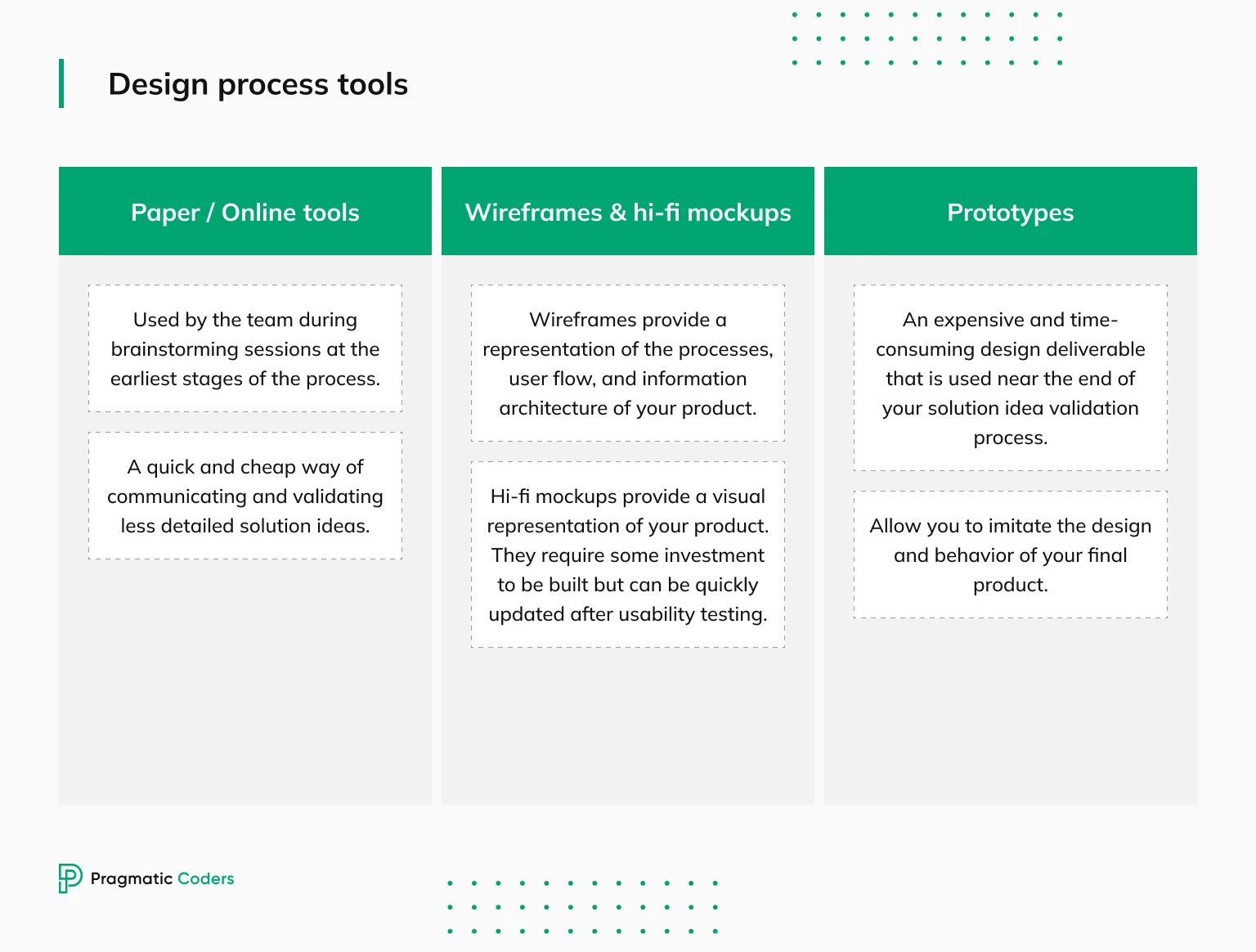
Strategies to validate a product idea
Now that we’ve taken a look at how the process works and what you can measure let’s briefly go over different strategies to validate a product. I’ve provided a basic “in-a-nutshell” style description of these methods for educational purposes. But each case is different, and your path may require other methods or techniques, which is why working with specialists at this point in the process is the most optimal way to get things right. If you want to learn more about how you can maximize your chances of success while simultaneously lowering your risk of waste, don’t hesitate to reach out to us to receive advice tailored to your business.
Button to nowhere
The button to nowhere is a simple yet effective way of testing whether the solutions you want to provide are desirable for the users. The way this method works is that you create a landing page for your product and promote it through different channels. When the users click this button, they receive a message that, for example, lets them know that the product is being developed and that they can sign up for a newsletter to be updated about it.
The benefits of this method are
- Growing a research pool – this method gives you the perfect opportunity to ask the users if they would be interested in taking part in the testing of this product.
- Checking user demand – the click-through rates of this landing page will give you insight into whether people are interested in this product. Whatsmore, you can also collect emails for potential leads.
Card sorting
We have already explained this method in our article about UX research, but it can also be used during the Product Validation process. The information you gain from this method will help you understand the user’s thought process and what associations and perceptions they have of different topics.
You can draw conclusions from this and use your knowledge when building the Information Architecture of your product. This method can be used in the early stage of the process, but you can also come back to it as often as needed.
Tree testing
Card sorting is usually followed up by tree testing as it helps you to evaluate the hierarchical structure of your solution idea. The card sorting process gives you an understanding of how people group and label ideas, while tree testing can help you understand how you can structure your content in an intuitive and user-friendly way.
It is not required to have any wireframes or prototypes to conduct a tree test. What you do need is the hierarchical menu (for example, in the form of a spreadsheet) and the set of tasks that give an explanation of what your participants should try to find. This will open your eyes to any problems the user may have when attempting to find a piece of information.
First-click testing
Another affordable way of testing the usability of your solution is the first-click test. Similarly to tree testing, it also involves the user having to complete a specific task. However, in this case, they are presented with a picture of an interface. They are then asked a question such as: “Where would you click to send an email?”. The placement of their cursor and the time it took the participant to complete the task are then recorded. We can also ask for feedback from the participants explaining what made them click in the place they did. This method helps gather data about the user’s expectations, which will come in handy when you need to determine the placement of the different elements of your future product.
Usability tests
This is also one of the methods that we touched upon in our UX research article. In the Product Validation process, a usability test can be used to check a more specific aspect or portion of your solution idea. It can be used to see how your users interact with it and what is their understanding of it. Using this method, you can work with a prototype and measure how long it takes a user to accomplish a task or find something. A usability test can be short and focused on only one task or include multiple tasks. During the test, the participant may be asked to think out loud or answer questions throughout the session. The insight you receive from this method can tell you about the effectiveness of your solution.
5-second tests
This method is used for collecting a large amount of qualitative data. It gives you information about what are the first impressions of your solution. Participants of this test are shown a picture of your design and have 5 seconds to look at it and describe what stood out to them the most. Those initial reactions of the users can give you some clues on whether you’re heading in the right direction or if your idea needs some tweaking. Since the average user spends only a few seconds checking out a website, it’s essential to make a good first impression. Therefore 5-second tests are the perfect way of verifying whether the product that we want to build conveys the correct concept.
Eye tracking
Eye tracking is the observation and recording of eye movement using a pupil-tracking device. It is used by researchers to identify where the users are looking, how long it takes them to see it, what they might not be able to see and what can be distracting. Thanks to eye tracking, you can measure how long it takes for your users to find something and where they are looking for it. Users may have certain expectations due to what they are used to seeing in different products. This will let you learn about those expectations and consider them as you refine your solution idea.
A/B testing
A/B testing is an experimentation process that involves showing the same amount of different participants two versions of your solution idea or an element of your solution idea. The goal is to find out which of those two versions performs the best. Depending on what you are trying to find out, you can use different metrics for this test. For example, you can measure which design is the most appealing for the users. This is usually done towards the end of the process when you want to check which of the two options performs the best and is more likely to be successful.
What will you have by the end of this process?
If everything goes well, the end product of this process should be a more detailed and clear vision of your solution that you can later use as a reference for building an MVP. All of the information that you have learned throughout this process will be useful for structuring your product and developing it. One of the things that will come out of this process is the Information Architecture which will keep developing alongside your product. Apart from that, you will be able to establish your UVP and your Product Vision Statement, which will be useful for your strategic planning.
UVP
A Unique Value Proposition (UVP), also known as a Unique Selling Proposition, is the benefit you offer your potential customers. It explains what makes your solution unique (how it’s different from your competitors) and what pain points it addresses. Your UVP is something that you will include in your Product Vision Statement.
Product Vision Statement
A Product Vision Statement is a description of the purpose of your product and highlights the problem it solves and for whom. It also defines the long-term objectives, your mission, and what you hope to achieve in the future. A good Product Vision Statement ensures that your team and the stakeholders are on the same page and understand the product they are working on. This document defines your end goal, so it points you in the right direction when you need to make a decision. It can serve as a filter when you have to decide on different aspects while building your product strategy or development plan. You can also refer to it when putting together your backlog or even during the launching process of your product. So a product vision statement isn’t just a north star that will guide your team but acts as the foundation for the previously listed processes. Your product vision statement should be:
- Achievable – your vision needs to be attainable and grounded in reality.
- Customer-focused – your users are the reason for your product’s existence, so you should keep them in mind when crafting your statement.
- Clear and concise – it should be short, inspiring, and understandable for everyone.
- Aspirational – it should motivate your team and encourage them to achieve the set goals.
Information Architecture
Information Architecture is a discipline that focuses on organizing, structuring, and labeling the content of your product in a way that is findable and understandable for your user. The Information Architecture continues to develop as you make progress and acquire more knowledge. With each iteration of the Solution Discovery and Validation process, you gain a better understanding of the user’s mindset and behavior. The knowledge that comes from this enables you to develop a product with a shallow learning curve and ensure a great user experience.
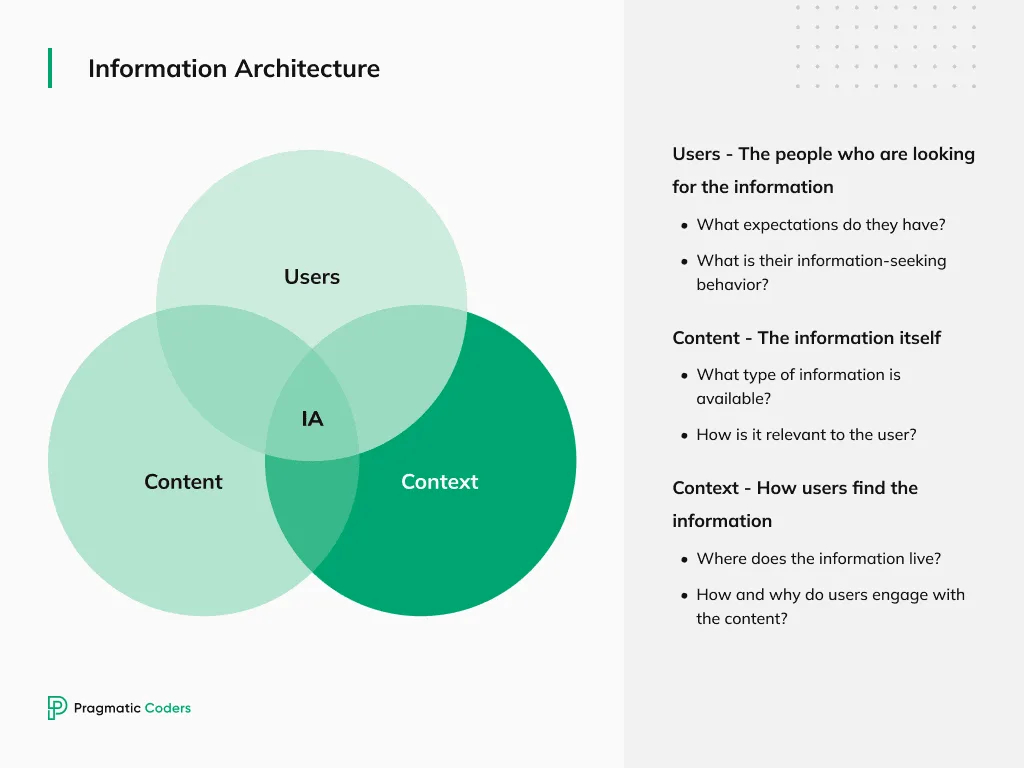
What are the next steps?
If you’ve been using Lean Canvas (or another business modeling tool), you can update it with the insights you’ve gained throughout this process. At this point, you should now have more confidence in your solution idea (or a few solution ideas), a better understanding of your potential users, and what makes you stand out from your competitors (your UVP). Armed with this knowledge, you can start thinking about how to prepare for the development process and create goals for the MVP. To do this, you can use a set of techniques that will help you understand what needs to be developed in the first place, considering both your business goals and the user needs.
Value Stream Mapping, Event Storming, and User Story Mapping are all methods that allow you to analyze and visualize the processes in your product. Value Stream Mapping tells you about the process flow and how your value is delivered to your user. Event Storming allows software developers and domain experts to reach a common understanding of the business domain of your solution idea. On the other hand, User Story Mapping helps you outline the steps your user would take to complete certain tasks when using your product. It helps you prioritize requirements and create a map your team can refer to when developing your product.
Another method worthy of notice is the MoSCoW Analysis which is a popular prioritization technique for managing requirements. The acronym represents the 4 categories that the requirements are divided between based on their level of importance: “Must”, “Should”, “Could,” and “Won’t”. We have a separate blog post that goes further into detail about the MoSCoW Analysis, so be sure to check it out to learn more about this method!
Bottom line. Successful product validation matters
Validating your product ideas is no easy feat, but we hope that after reading this article, you understand its importance as well as why it shouldn’t be neglected. To recap everything, some of the things that have been covered are:
- How Product Validation allows us to find solution ideas that are not only possible but are actually needed and will also be profitable for us
- The intricacies and iterative nature of this process and why that’s the reason to reach for the support of experts
- The metrics, tools, and methods you can use throughout this process
- The results of this process and what you can do after completing it
This is the last article which talks about the discovery of your product. In the next articles of our series, we cover how you can create a business model for your product idea and how to present your product in an intriguing way to capture the attention of potential investors by creating a pitch deck.
Although this is the last article related to product discovery, it is by no means the last step of your journey. What’s important to know is that the process of creating a successful product is a non-linear one. More often than not, this process will require you to go back to certain steps and force you to frame your problem or solution ideas differently. This iterative process ensures that you choose the optimal option for your situation, which considers not just the product idea itself but factors like your budget and capabilities. With each iteration, you learn something valuable, and you’re getting closer and closer to the final product. And by being wealthier with that new information and experience, you can either pursue your validated ideas or start thinking about the next ones!


